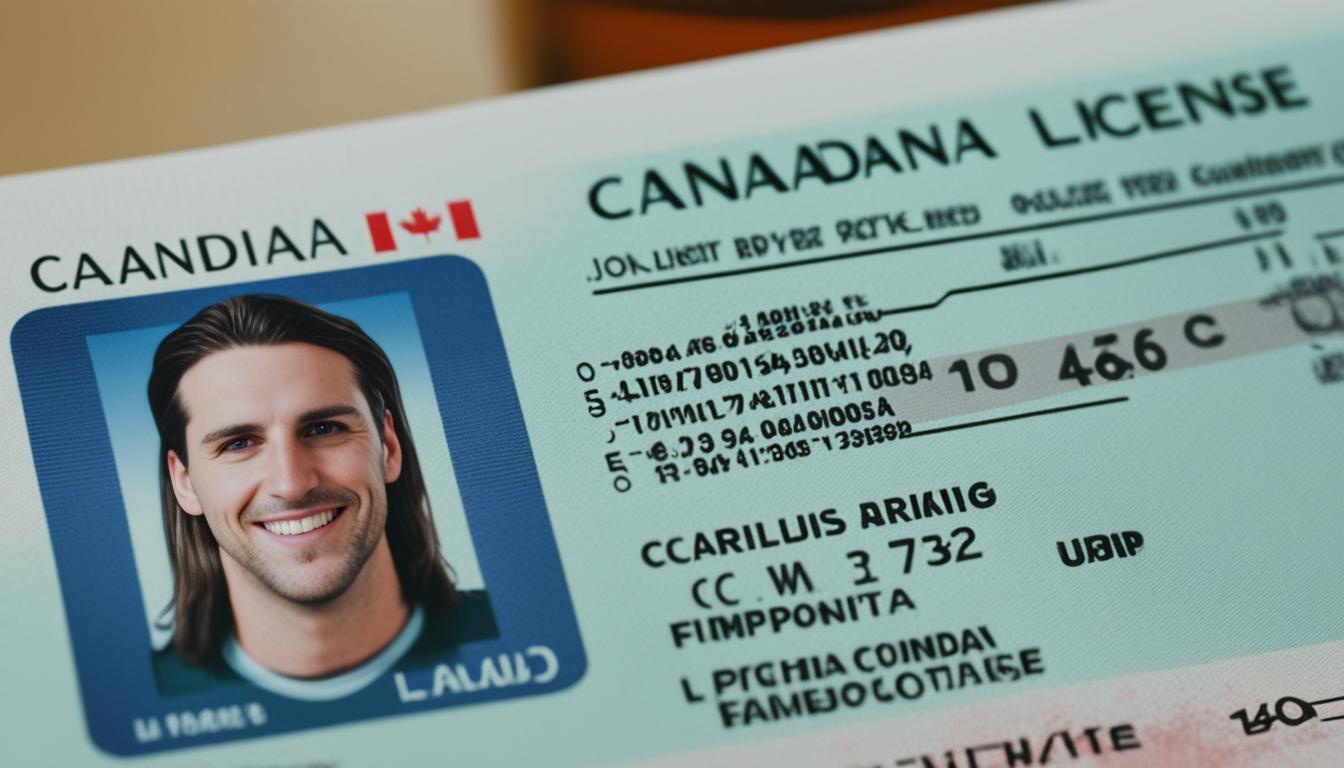Understanding Ontario Age of Consent Laws
Hey there! Welcome to this article where I’ll be shedding light on Ontario’s age of consent laws and legal relationships in Canada. It’s important to be informed about these laws to ensure compliance with legal requirements and protect ourselves and others from potential harm.
Key Takeaways
- The age of consent in Ontario refers to the age at which a young person can legally agree to engage in sexual activity.
- Sexual activity without consent is a criminal offense, regardless of age.
- The standard age of consent in Ontario is 16 years old.
- Close in age exceptions exist, allowing for consensual sexual activity between individuals within a certain age range.
- Exploitation or relationships of trust, authority, or dependency are considered criminal offenses.
- The Criminal Code of Canada protects individuals, including children, against sexual abuse and exploitation.
- Each province and territory in Canada has its own child welfare laws to protect children from abuse, exploitation, and neglect.
Age of Consent in Ontario
The age of consent in Ontario, as well as in all Canadian provinces and territories, is 16 years old. This means that individuals who are 16 years old or older can legally engage in sexual activity with each other, provided it is consensual and there are no other factors that impact consent.
However, it is important to understand that the age of consent can vary under certain circumstances. In some cases, if there is a relationship of trust, authority, or dependency between the individuals involved, the age of consent may be higher.
It is crucial to be aware of these specific circumstances to ensure compliance with the law. Understanding the age of consent laws in Ontario helps protect individuals from exploitation and ensures that sexual activities are consensual and legal.

| Age of Consent | General Rule | With Relationship of Trust, Authority, or Dependency |
|---|---|---|
| 16 years old | Applies to consensual sexual activity between individuals who are 16 or older. | The age of consent may be higher if there is a relationship of trust, authority, or dependency between the individuals involved. |
Close in Age Exceptions
Ontario has close in age exceptions that allow for consensual sexual activity between individuals within a specific age range. These exceptions aim to recognize and respect the maturity and development of young people while still ensuring their protection from exploitation.
Firstly, if a 14 or 15-year-old engages in consensual sexual activity with a partner who is less than five years older and there is no relationship of trust, authority, or dependency, it may be considered legal. This exception acknowledges that while there is an age difference, the individuals involved are close in age and may be at similar stages of physical and emotional development.
Similarly, a 12 or 13-year-old can consent to sexual activity with a partner who is less than two years older, again provided there is no relationship of trust, authority, or dependency. It is important to note that these exceptions only apply when both parties are willing participants and there is no imbalance of power or exploitation present.
It is crucial to understand that any sexual activity involving exploitation or a relationship of trust, authority, or dependency is a criminal offense, regardless of age. The law aims to protect young people from abusive situations and ensure they are able to make informed decisions about their sexual activities.

Sexual Exploitation and Age of Consent
When it comes to age of consent laws in Ontario, it is essential to understand the concept of sexual exploitation. In Canada, individuals who are 16 or 17 years old are unable to legally consent to sexual activity if their partner is in a position of trust or authority towards them, if they are dependent on their partner, or if the relationship is deemed exploitative.
When determining whether a relationship is exploitative, several factors are considered. These include the young person’s age, the age difference between the individuals involved, and how the relationship developed. It is crucial to be aware of these factors to ensure that any sexual activity is consensual and does not involve exploitation.
Sexual exploitation is a serious offense, and anyone found guilty can face severe legal consequences. It is important to prioritize consent and understand the boundaries set by the age of consent laws in Ontario to protect individuals, particularly young people, from exploitation.
| Factors considered in determining sexual exploitation | Examples |
|---|---|
| Age difference between individuals | A 30-year-old engaging in sexual activity with a 16-year-old |
| Position of trust or authority | A teacher engaging in sexual activity with a student |
| Dependency | A 17-year-old who is financially dependent on their 25-year-old partner |
| How the relationship developed | A groomer manipulating a young person into sexual activity through emotional manipulation and coercion |
Criminal Offenses and Child-Specific Sexual Offenses
The Criminal Code of Canada provides comprehensive protection against sexual abuse and exploitation for individuals of all ages, with a particular focus on safeguarding children. It is crucial to understand the various criminal offenses related to sexual offenses, especially those specific to child victims, to ensure their safety and well-being.
Some of the criminal offenses related to sexual abuse and exploitation in Canada include:
- Sexual assault
- Sexual assault with a weapon
- Aggravated sexual assault
- Voyeurism
- Trafficking in persons
- Non-consensual distribution of intimate images
Additionally, there are specific child-specific sexual offenses under the Criminal Code, which are designed to protect vulnerable children from sexual exploitation. These offenses include:
- Sexual interference
- Invitation to sexual touching
- Sexual exploitation
- Child pornography
Child pornography is broadly defined and encompasses any representation, such as images or videos, depicting a person under 18 years old engaged in explicit sexual activity or focusing on their sexual organs or anal region. It is important to recognize these offenses and be aware of their severe penalties to prevent child exploitation and ensure compliance with the law.
| Child-Specific Sexual Offense | Description | Potential Penalties |
|---|---|---|
| Sexual interference | Engaging in any sexual activity with a child under the age of 16 | Up to 14 years imprisonment |
| Invitation to sexual touching | Inviting a child to engage in sexual touching | Up to 14 years imprisonment |
| Sexual exploitation | Using a child under the age of 18 for any sexual purpose | Up to 14 years imprisonment |
| Child pornography | Possession, distribution, or creation of explicit material involving individuals under 18 | Up to 10 years imprisonment |
Provincial and Territorial Child Protection Legislation
Child protection legislation plays a critical role in safeguarding children from abuse, exploitation, and neglect. In Canada, each province and territory has its own set of child welfare laws that are designed to protect children and promote their well-being. These laws cover a wide range of important aspects, including reporting requirements, investigations, and interventions.
When it comes to child protection legislation, it is essential to be familiar with the specific laws and regulations that apply in your province or territory. In Ontario, for example, the Child and Family Services Act is the primary legislation governing child protection. It sets out the rights, responsibilities, and procedures related to child welfare cases, including child abuse and neglect. Familiarizing yourself with this legislation will help ensure that you are aware of your obligations and can take appropriate action to protect children.
Child protection legislation also outlines the roles and responsibilities of various professionals, such as social workers, law enforcement officers, and healthcare providers, in the reporting and investigation of child abuse or neglect cases. By understanding these laws, you can play a vital role in safeguarding children and promoting their well-being in your community.
Remember, child protection is everyone’s responsibility. By working together and being informed about child welfare laws in Canada, we can create a safer and more secure environment for children.
- The Role of Police in Community Safety & Unity - October 6, 2025
- Quebec Police Officer Salary Insights 2023 - July 13, 2025
- Canada Arrest Protocol: What Police Say Upon Arrest - June 12, 2025




















Post Comment